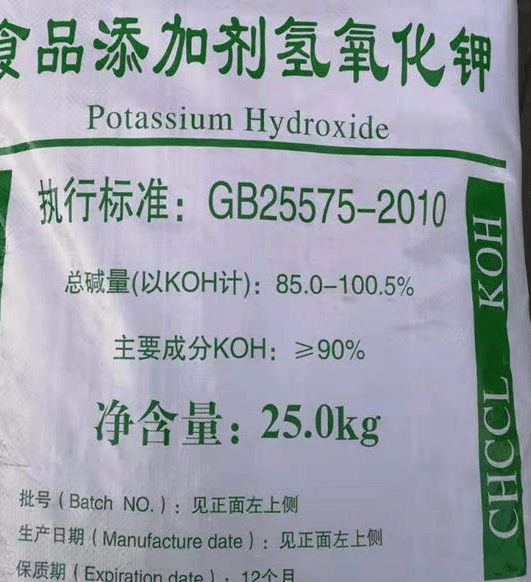
專注品質,信賴服務
我們用心做產品服務

咨詢熱線:
13655318786

專注品質,信賴服務
我們用心做產品服務

咨詢熱線:
13655318786
一是流化床反應器的催化劑與氣體接觸面積大,傳熱速率快,易于熱量的移出,原料混合氣的配比不受爆炸極限的影響,由于其進料濃度大大高于固定床反應器,對能力相同的順酐裝置來講,空氣送風系統一次投資及操作費用也比固定床工藝低。
One reason is that the catalyst in the fluidized bed reactor has a large contact area with gas, fast heat transfer rate, and is easy to remove heat. The ratio of raw material mixture is not affected by the explosion limit. Due to its feed concentration being much higher than that of the fixed bed reactor, the investment and operating costs of the air supply system are also lower than those of the fixed bed process for maleic anhydride units with the same production capacity.
二是固定床反應器多為列管式結構,傳熱面積大,有利于強放熱反應,關鍵是反應器載熱體熔鹽的溫度控制。設計技術成熟,反應器國產化技術已經達到了國際水平。固定床反應器的特點是設備結構相對簡單,安裝容易,且催化劑性能穩定,順酐收率高。原料正丁烷與空氣按一定比例充分混合后進入反應器(列管式)內發生反應,正丁烷與空氣的混合比例通常為1.8~2.0mol%。反應器熱點溫度通常在440~470℃。反應熱由熔鹽冷卻器和氣體冷卻器移出,產生蒸汽供裝置使用。

Secondly, fixed bed reactors are mostly tubular structures with large heat transfer areas, which are conducive to strong exothermic reactions. The key is to control the temperature of the reactor's heat carrier molten salt. The design technology is mature, and the localization technology of the reactor has reached the international advanced level. The characteristics of a fixed bed reactor are relatively simple equipment structure, easy installation, stable catalyst performance, and high yield of maleic anhydride. The raw material n-butane is thoroughly mixed with air in a certain proportion before entering the reactor (tubular) for reaction. The mixing ratio of n-butane and air is usually 1.8-2.0 mol%. The hot spot temperature of the reactor is usually between 440-470 ℃. The reaction heat is removed from the molten salt cooler and gas cooler, generating steam for use by the device.
三是從投資方面來看,固定床和流化床工藝,投資相差無幾。兩種工藝有各自的優勢,但也有各自的優缺點:流化床比固定床順酐的收率低,催化劑的磨損耗和飛散問題比固定床嚴重;流化床反應器內蒸汽換熱管因溫度過高容易泄漏;而固定床進料濃度受爆炸極限范圍的限制,同時要求原料混合氣必須混合充分,對反應熱量的移出控制比較嚴格等。
Thirdly, in terms of investment, there is almost no difference in investment between fixed bed and fluidized bed processes. The two processes have their own advantages, but they also have their own advantages and disadvantages: the yield of maleic anhydride in fluidized beds is lower than that in fixed beds, and the problem of catalyst wear and dispersion is more serious than that in fixed beds; The steam heat exchange tube in the fluidized bed reactor is prone to leakage due to high temperature; The fixed bed feed concentration is limited by the explosion limit range, and it is required that the raw material mixture must be fully mixed, and the control of the removal of reaction heat is relatively strict.
據悉,流化床工藝之一的BPAmoco公司近年來對固定床的開發和投資加大,某些裝置可能已改為固定床工藝,主要原因尚未了解。但國際上固定床工藝裝置占據多數是當前的事實,近幾年國內外新建的順酐裝置都采用固定床工藝。
It is reported that BPAmoco, one of the founders of fluidized bed technology, has increased its development and investment in fixed beds in recent years. Some devices may have been converted to fixed bed technology, but the main reason is not yet understood. However, it is a current fact that the majority of fixed bed process equipment is used internationally, and in recent years, newly built maleic anhydride plants both domestically and internationally have adopted fixed bed technology.
本文由順酐廠家提供幫助,更多的相關內容請點擊http://www.chummy88.com希望本文能夠為您帶來幫助,感謝您的閱讀!
This article is provided by the manufacturer of maleic anhydride for assistance. For more related content, please click http://www.chummy88.com I hope this article can be helpful to you. Thank you for reading!
上一篇:C4烴氧化法是如何進行順酐的?